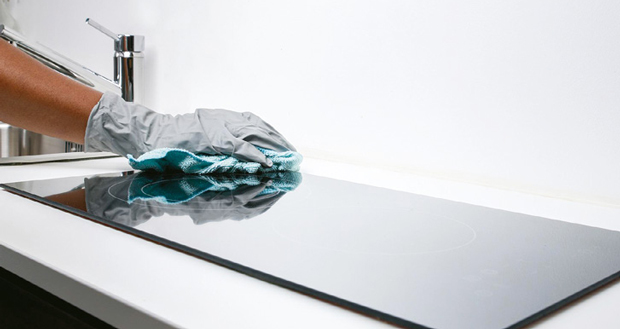 Dan Teare, Healthcare Sector Director at mpro5 on the benefits of taking a flexible approach when integrating IoT, smart platforms, and real-time data into asset management
Dan Teare, Healthcare Sector Director at mpro5 on the benefits of taking a flexible approach when integrating IoT, smart platforms, and real-time data into asset management
The world of the Internet of Things (IoT) is a fast-paced one. With so many new innovations and possibilities in sensor technologies, IoT-connected devices, and the digital tools to manage it all, the potential value that can be added keeps increasing, particularly as the cost of sensors continues to fall drastically.
Asset management is one area in which IoT excels. You can get constant vision over, and insight into, your equipment. When done right, this means each asset, the scheduled and reactive maintenance it goes through, and the model, brand or type of asset chosen, provides maximum value for your operations.
Within the healthcare market, the boost to operational efficiency can be huge The global IoT in healthcare market was valued at $61 billion in 2019, rising to $260 billion in 2027. The new National Standards of Healthcare Cleanliness recognises the role digitisation has in measuring performance: “Electronic audit systems are useful for highlighting trends and hot spots, as well as greater transparency and more effective sharing of data.”
But IoT is very much a partnership – it has to play well with your software architecture, whether that’s a CAFM, a works management tool, an analytics platform or a combination of all three. IoT needs help to give you actionable information and facilitate insight.
The trap people are falling into is one of compatibility. As this technology becomes more diverse, so does the risk that it won’t be compatible with your data aggregation software or hardware. Not all sensors are created equal, and neither are all platforms for managing data. This is why being hardware-agnostic is so important.
You need to have easy access to all this data in one place, both for your own sanity and to drive real improvements.
MORE ACCURATE PROACTIVE MAINTENANCE
IoT sensors can give you advanced warnings for equipment that isn’t functioning at 100 per cent. For example, if a sensor notices an upwards tick in the power consumption of an air conditioning unit, you know that a part is likely to be faulty and you can send an engineer to remediate the problem before it breaks completely.
On the other hand, if another sensor is telling you that it is unusually warm outside; then it’s possible the air conditioning unit is simply working harder. This demonstrates why context is important – you need a full picture to make accurate judgements and deploy your engineers only when they are really needed.
LESS WASTED SCHEDULED MAINTENANCE
With all the data flowing into your CAFM or works management platform, you can start to enhance your Planned Predictive Maintenance (PPM) regime. Combining sensor data with other information about an asset will better inform you on the lifespan of parts and give you immediate alerts on many faults.
For example, if you fix an issue with an air conditioning unit three months before its six-month PPM check, you should be able to update your database and move the scheduled check further in advance to reflect the recent fix. In short, proactively updating your schedules will allow you to work flexibly and efficiently.
Updating your information proactively, whether through a field application or after the fact, will help to create real-time PPM schedules that are more efficient – saving the engineer doing an unnecessary check.
REAL-TIME ASSET LISTS
One of the more time-consuming aspects of asset management is asset surveys. These are often completed at great cost, eating up time and budget, whenever someone realises that the last list must be out of date.
With IoT, tags, and a smart platform, any new piece of equipment can be tagged and added to the roster, or decommissioned and removed from it – saving time and therefore money spent manually adding items.
Often, asset surveys take so long that by the time the asset list is finished, it will already be out of date. But by proactively adding every asset to your database, and attaching unique QR codes and sensor data, you will always have an up-to-date list that costs you no money to pull out anytime you need it.
ANALYSIS AND INSIGHT
Your software platform of choice may well have the ability to use machine learning to analyse information you manually input – and draw out cost savings. For example, if you have 10 premium air conditioning units, and 30 of another cheaper brand – you may soon learn that you are actually losing money overall because you are having to repair the cheaper brand more frequently.
In this case, even without active sensor technology, your software platform can drive cost savings. This is just one example of the many benefits of fully digitising your asset management.
THE VALUE IN AGNOSTIC TECHNOLOGY
The benefits of going digital and investing in IoT are transformative for asset management. By bringing sensor data into your database, CAFM and works management platform, you can create flexible PPM routines, maximise efficiency and save money. You will learn more about how your assets are used and their condition over time.
But it’s worth remembering that none of this is possible without a flexible approach to implementation, that the core element of a successful rollout will be how well you integrate IoT into your existing or new software hierarchy.





